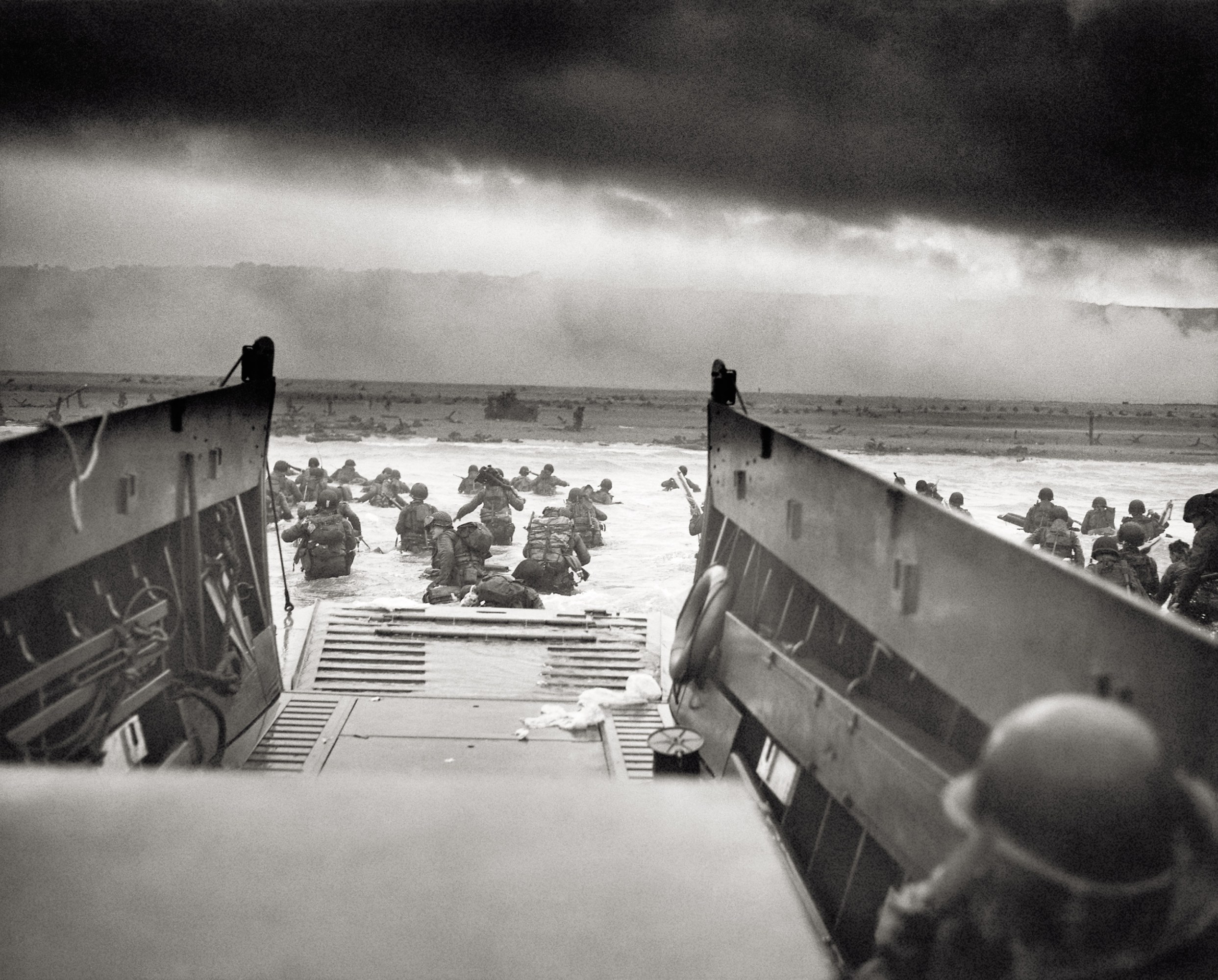In 1918, Bill arrived at the Institute, where he majored in engineering administration. He belonged to a dizzying number of organizations, including two fraternities (Alpha Tau Omega and Theta Tau), the football team, the wrestling team (which he managed), and the finance and budget committees. Ken joined Bill at MIT in the fall of 1921 to study electrical engineering, ultimately earning both a bachelor’s and a master’s degree through a co-op program with General Electric that required him to spend time at GE’s offices in Lynn, Massachusetts, and summers at the GE campus in Schenectady, New York. Ken, too, pledged Alpha Tau Omega, and he served on the board of MIT’s Voo Doo humor magazine. Master’s in hand, Ken and an MIT friend were admitted in 1926 to the doctoral program in physics at Princeton, where the dean reportedly told them, “You’re nice boys, but it’s too bad you never went to college.”
Despite the dean’s skepticism, Ken rose quickly in the academic ranks—first at Princeton, where he became a pioneering mass spectroscopist; then at Cambridge University’s Cavendish Labs on a Guggenheim fellowship; and then at Harvard, where he built cyclotrons. Along the way, he published the results of an experiment confirming Einstein’s most famous equation, E = MC2. He returned to MIT in 1940 to help found the Radiation Laboratory and played a key role in recruiting scientists and developing radar.
But on September 22, 1943, a letter to the local War Office from President Karl Taylor Compton noted that Bainbridge was unavailable for new local work because his “services were urgently requested by another scientific project of extreme urgency and secrecy.” Since MIT couldn’t refuse, Compton wrote that “Bainbridge was released from the Radiation Laboratory to participate in this new activity.”
The “activity” was “Project Y” at Los Alamos National Laboratory, where Ken and his cyclotron helped develop the first nuclear bomb.
Ken settled at Los Alamos with his wife, Margaret, formerly a member of the Swarthmore College faculty, and their three children. Under Oppenheimer’s direction, he took charge of the Initiator Committee and joined the “high-explosives” group. Then he was given the enormous responsibility of leading the effort to test the atomic bomb, which required working through countless technical and theoretical challenges. He was named head of Group E-9, “to study full-scale implosion assemblies and prepare for the Trinity test,” and Group E-2, which developed instrumentation for the test. In October 1944, Ken became a member of the detonator committee.
The other members of the Bainbridge family also threw themselves into the war effort. Mae, the matriarch, volunteered for the American Red Cross. Youngest brother Don, a Cornell grad, became a lieutenant in the Army Corps of Engineers. Bill, who’d been working in construction for US Gypsum, was commissioned at age 39 as a first lieutenant of the 342nd Engineers (he’d served previously as a second lieutenant early in his career). He headed to the UK in 1942 to become a regimental operations officer, using his building experience to supervise road stabilization and work that required the use of heavy earthmoving machines. By year’s end he’d been promoted to captain, and in 1943 he was transferred to the 254th Engineer Combat Battalion, V Corps.

As an assistant division engineer, Bill spent the first half of 1944 training for the Normandy invasion. At 7:40 a.m. on June 6, 1944, his battalion landed at Omaha Beach. Bill, who was slightly wounded, and four other soldiers “made engineering reconnaissance from behind German lines,” as he would later describe it, to examine German engineering infrastructure. Then they captured five German soldiers and rejoined the remaining members of their battalion on the beach, where they breached the wall blocking the beach exit with 1,100 pounds of TNT. For his actions on D-Day, Bill received a Purple Heart and a Silver Star. He later wrote that on June 8, his battalion “made reconnaissance of a gap in [a] bridge over Vire River, under German observation and fire”; they later bridged the gap.
One of the first battalions to enter Paris, the 254th went on to build multiple bridges, remove obstacles and mines, maintain roads, and assist stalled infantry and armor units as the Allies made their way across France. On September 11, 1944, it was one of the first battalions to reach Germany, where it would destroy 52 fortified positions.
